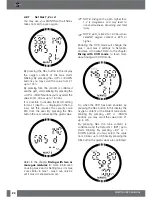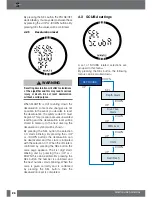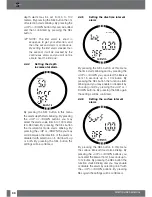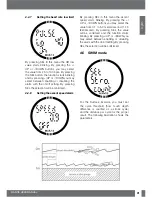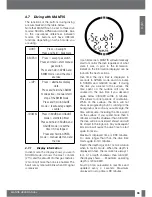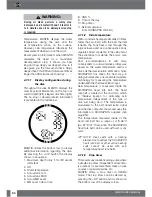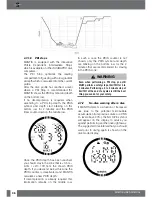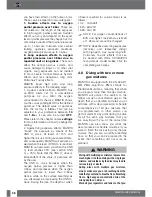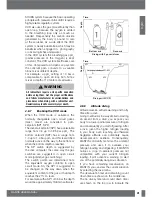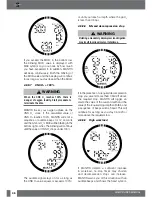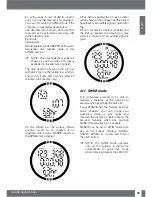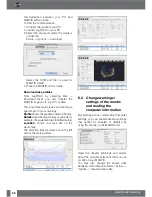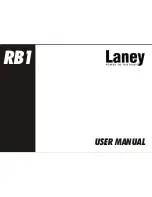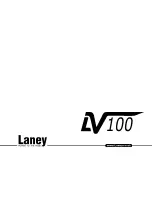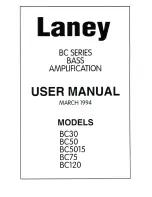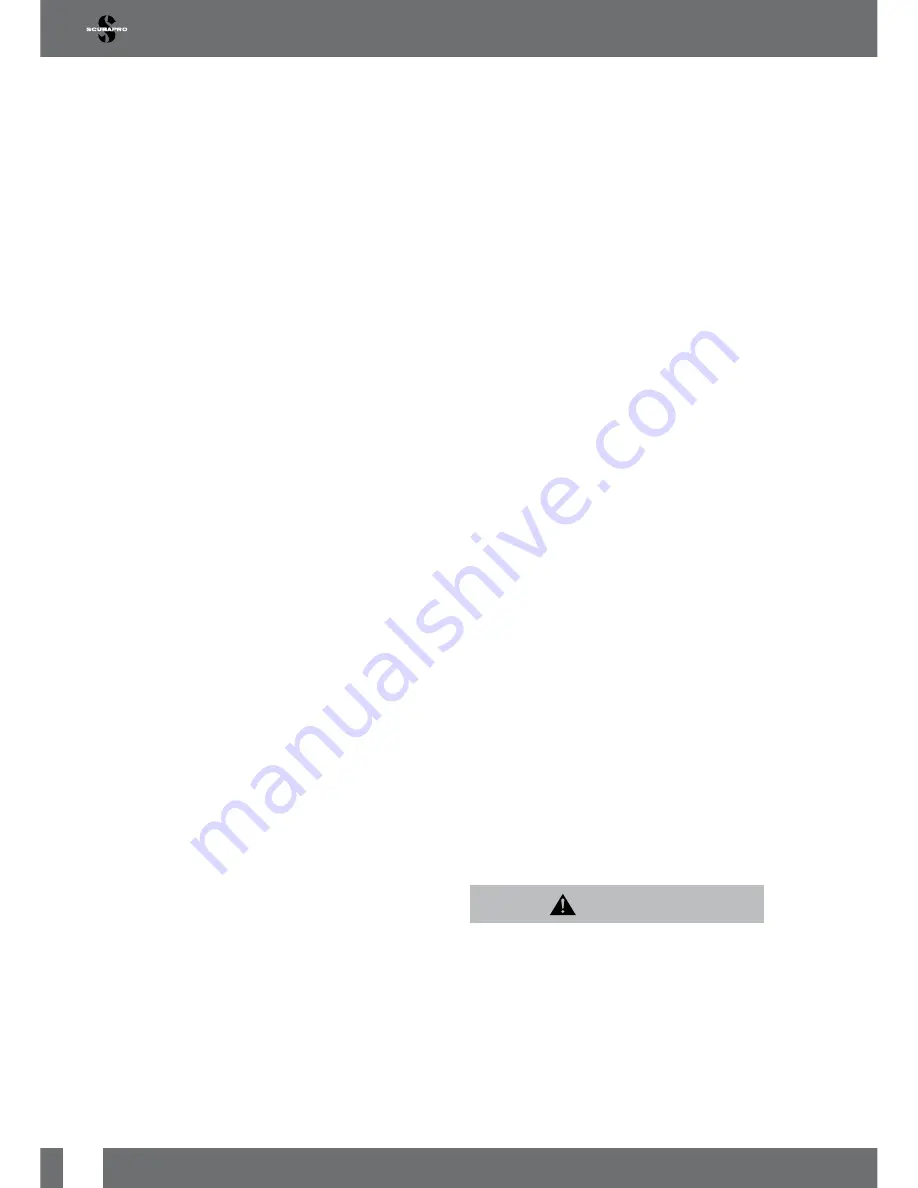
38
MANTIS USER MANUAL
can have toxic effects on the human body.
These can be lumped into two categories:
1- Sudden effects due to oxygen
partial pressure over 1.4bar
. These are
not related to the length of the exposure
to high oxygen partial pressure. Sudden
effects can vary and depend on the exact
level of partial pressure they happen at. It is
commonly accepted that partial pressures
up to 1.4bar are tolerable, and several
training agencies advocate maximum
oxygen partial pressures up to 1.6 bar.
2- Long exposure effects to oxygen
partial pressures over 0.5bar due to
repeated and/ or long dives
. These can
affect the central nervous system, and
cause damage to lungs or to other vital
organs. Long exposures can be divided
to more severe Central Nervous System
effects and less dangerous long term
Pulmonary Toxicity effects.
MANTIS treats high ppO
2
and long
exposure effects in the following ways:
1- Against sudden effects: MANTIS has
an MOD alarm set for a user-defined
ppO
2
max. As you enter the oxygen
concentration for the dive, MANTIS shows
you the corresponding MOD for the defined
ppO
2
max. The default value of ppO
2
max
from the factory is
1.4
bar. This can be
adjusted to your preference between
1.0
and
1.6
bar. It can also be turned
OFF
.
Please refer to the chapter on Gas
settings
for more information on how to change this
setting.
2- Against long exposure effects: MANTIS
“tracks” the exposure by means of the
CNS O
2
clock. At levels of 100% and
higher there is risk of long exposure effects,
and consequently MANTIS will activate an
alarm when this level of CNS O
2
is reached.
MANTIS can also warn you when the CNS
O
2
level reaches 75% (see section CNS
O
2
= 75%). Note that the CNS O
2
clock is
independent of the value of ppO
2
max set
by the user.
The CNS O
2
clock increases when the
oxygen partial pressure is higher than
0.5bar, and decreases when the oxygen
partial pressure is lower than 0.5bar.
Hence, while on the surface breathing air
you will always be decreasing the CNS O
2
clock. During the dive, the depth at which
0.5bar is reached for various mixes is as
follows:
• Air: 13m/43ft
• 32%: 6m/20ft
• 36%: 4m/13ft
F
NOTE: For oxygen concentrations of
80% and higher, the ppO
2
max is fixed
at 1.6bar and cannot be changed.
F
NOTE: Repetitive very long exposures
(technical and rebreather diving)
with high ppO
2
may cause long term
Pulmonary Toxicity effects that can
be tracked with OTUs. SCUBAPRO
recommends model Galileo TMx for
completing such dives.
4.8 Diving with two or more
gas mixtures
MANTIS is equipped with the ZH-L8 ADT
MB PMG algorithm. PMG stands for
Predictive Multi Gas, meaning that when
you program more than one gas mixture,
MANTIS will predict the switch to the
higher oxygen concentration gas at the
depth that you specified and alert you at
all times with a decompression schedule
comprehensive of all gas mixtures that
you programmed. In other words, you
get full credit at any point during the dive
for all the extra gas mixtures that you
are carrying with you. At the same time
MANTIS can also show you what the
decompression schedule would be if you
were to finish the dive using only the gas
mixture that you are currently breathing
from, so that you can be prepared in the
event that something did not work as
planned.
WARNING
Diving with multiple gas mixtures represents a
much higher risk than diving with a single gas
mixture, and mistakes by the diver may lead to
serious injury or death.
During dives with multiple gas mixtures,
always make sure you are breathing from the
tank that you intend to breathe from. Breathing
from a high oxygen concentration mix at the
wrong depth can kill you.
Mark all your regulators and tanks so that you
Summary of Contents for MANTIS
Page 1: ... MANTIS User Manual ...

